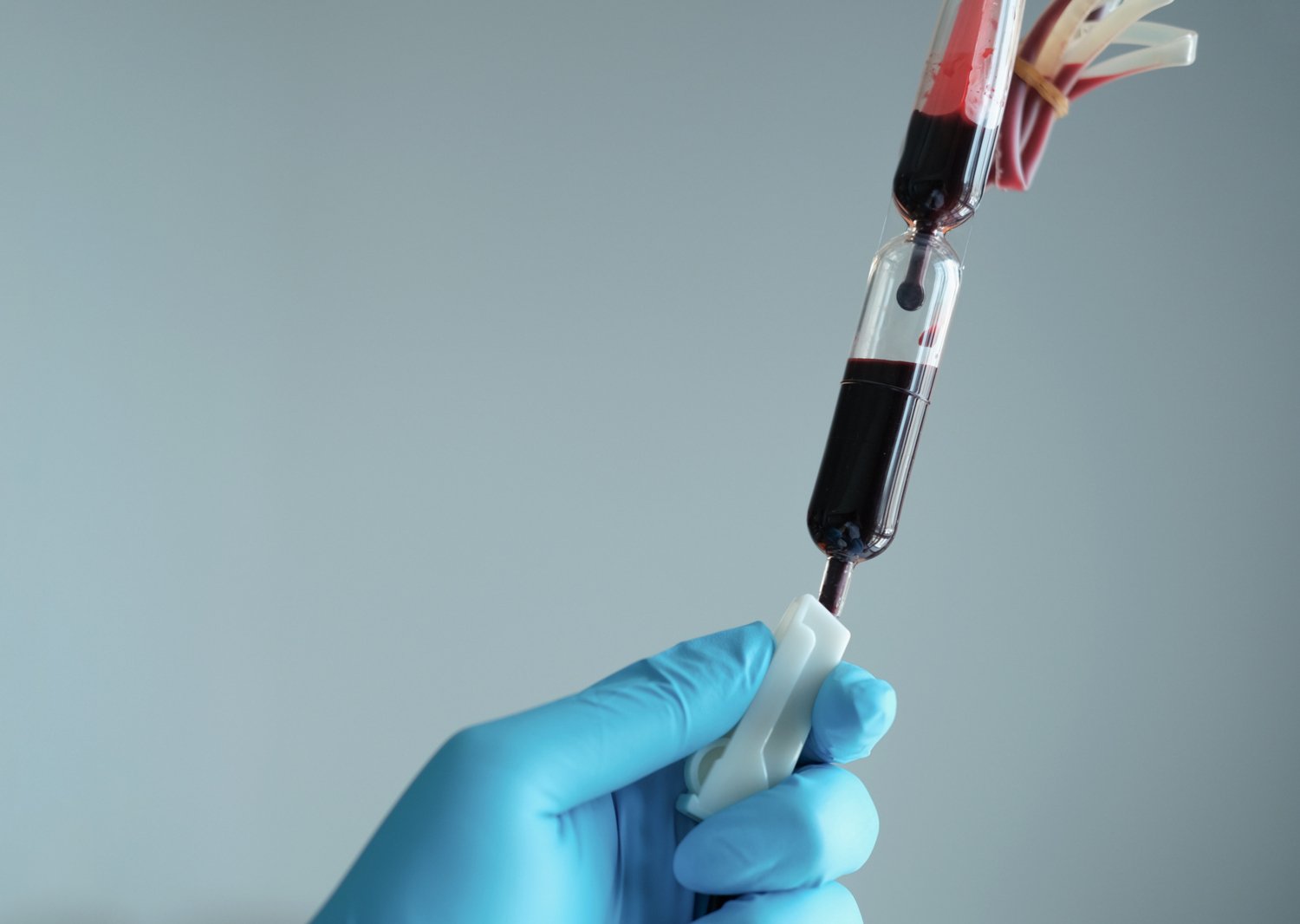2023-09-12 カロリンスカ研究所(KI)

Photo: Getty Images.
◆この研究は、CAAが個体間で伝播する可能性があることを示唆し、その仮説を裏付けるためにさらなる研究が必要であることを強調しています。ただし、輸血によって脳出血が起こる可能性は非常に低いとされており、因果関係は確認されていません。研究は大規模なデータベースを使用して行われ、将来的には疾患に関連するたんぱく質を調査し、仮説を裏付けるためにスキャンを実施する予定です。
<関連情報>
- https://news.ki.se/risk-of-brain-haemorrhage-appears-transmissible-via-blood-transfusion
- https://jamanetwork.com/journals/jama/article-abstract/2809417
献血者と輸血レシピエントにおける脳内出血 Intracerebral Hemorrhage Among Blood Donors and Their Transfusion Recipients
Jingcheng Zhao, Klaus Rostgaard, Elsa Lauwers, Torsten Dahlén, Sisse Rye Ostrowski, Christian Erikstrup, Ole Birger Pedersen, Bart de Strooper, Robin Lemmens, Henrik Hjalgrim, Gustaf Edgren
Journal of the American Medical Association Published:September 12, 2023
DOI:10.1001/jama.2023.14445
Key Points
Question Is there an association between the occurrence of spontaneous intracerebral hemorrhage among blood donors and the risk of spontaneous intracerebral hemorrhage in patients who receive a transfusion with their blood?
Findings In this exploratory retrospective cohort study, which included 759 858 patients in Sweden and 329 512 patients in Denmark, receiving red blood cell transfusions from donors who later developed multiple spontaneous intracerebral hemorrhages was significantly associated with an increased risk of developing spontaneous intracerebral hemorrhage compared with receiving a transfusion from donors without subsequent intracerebral hemorrhage (hazard ratios, 2.73 and 2.32 in the Swedish and Danish cohorts, respectively).
Meaning The findings suggest a transfusion-transmissible agent associated with some types of spontaneous intracerebral hemorrhage, but findings may be susceptible to selection bias and residual confounding, and further research is required to understand the potential underlying mechanism.
Abstract
Importance Recent reports have suggested that cerebral amyloid angiopathy, a common cause of multiple spontaneous intracerebral hemorrhages (ICHs), may be transmissible through parenteral injection of contaminated cadaveric pituitary hormone in humans.
Objective To determine whether spontaneous ICH in blood donors after blood donation is associated with development of spontaneous ICH in transfusion recipients.
Design, Setting, and Participants Exploratory retrospective cohort study using nationwide blood bank and health register data from Sweden (main cohort) and Denmark (validation cohort) and including all 1 089 370 patients aged 5 to 80 years recorded to have received a red blood cell transfusion from January 1, 1970 (Sweden), or January 1, 1980 (Denmark), until December 31, 2017.
Exposures Receipt of red blood cell transfusions from blood donors who subsequently developed (1) a single spontaneous ICH, (2) multiple spontaneous ICHs, or (3) no spontaneous ICH.
Main Outcomes and Measures Spontaneous ICH in transfusion recipients; ischemic stroke was a negative control outcome.
Results A total of 759 858 patients from Sweden (median age, 65 [IQR, 48-73] years; 59% female) and 329 512 from Denmark (median age, 64 [IQR, 50-73] years; 58% female) were included, with a median follow-up of 5.8 (IQR, 1.4-12.5) years and 6.1 (IQR, 1.5-11.6) years, respectively. Patients who underwent transfusion with red blood cell units from donors who developed multiple spontaneous ICHs had a significantly higher risk of a single spontaneous ICH themselves, compared with patients receiving transfusions from donors who did not develop spontaneous ICH, in both the Swedish cohort (unadjusted incidence rate [IR], 3.16 vs 1.12 per 1000 person-years; adjusted hazard ratio [HR], 2.73; 95% CI, 1.72-4.35; P < .001) and the Danish cohort (unadjusted IR, 2.82 vs 1.09 per 1000 person-years; adjusted HR, 2.32; 95% CI, 1.04-5.19; P = .04). No significant difference was found for patients receiving transfusions from donors who developed a single spontaneous ICH in the Swedish cohort (unadjusted IR, 1.35 vs 1.12 per 1000 person-years; adjusted HR, 1.06; 95% CI, 0.84-1.36; P = .62) nor the Danish cohort (unadjusted IR, 1.36 vs 1.09 per 1000 person-years; adjusted HR, 1.06; 95% CI, 0.70-1.60; P = .73), nor for ischemic stroke as a negative control outcome.
Conclusions and Relevance In an exploratory analysis of patients who received red blood cell transfusions, patients who underwent transfusion with red blood cells from donors who later developed multiple spontaneous ICHs were at significantly increased risk of spontaneous ICH themselves. This may suggest a transfusion-transmissible agent associated with some types of spontaneous ICH, although the findings may be susceptible to selection bias and residual confounding, and further research is needed to investigate if transfusion transmission of cerebral amyloid angiopathy might explain this association.



